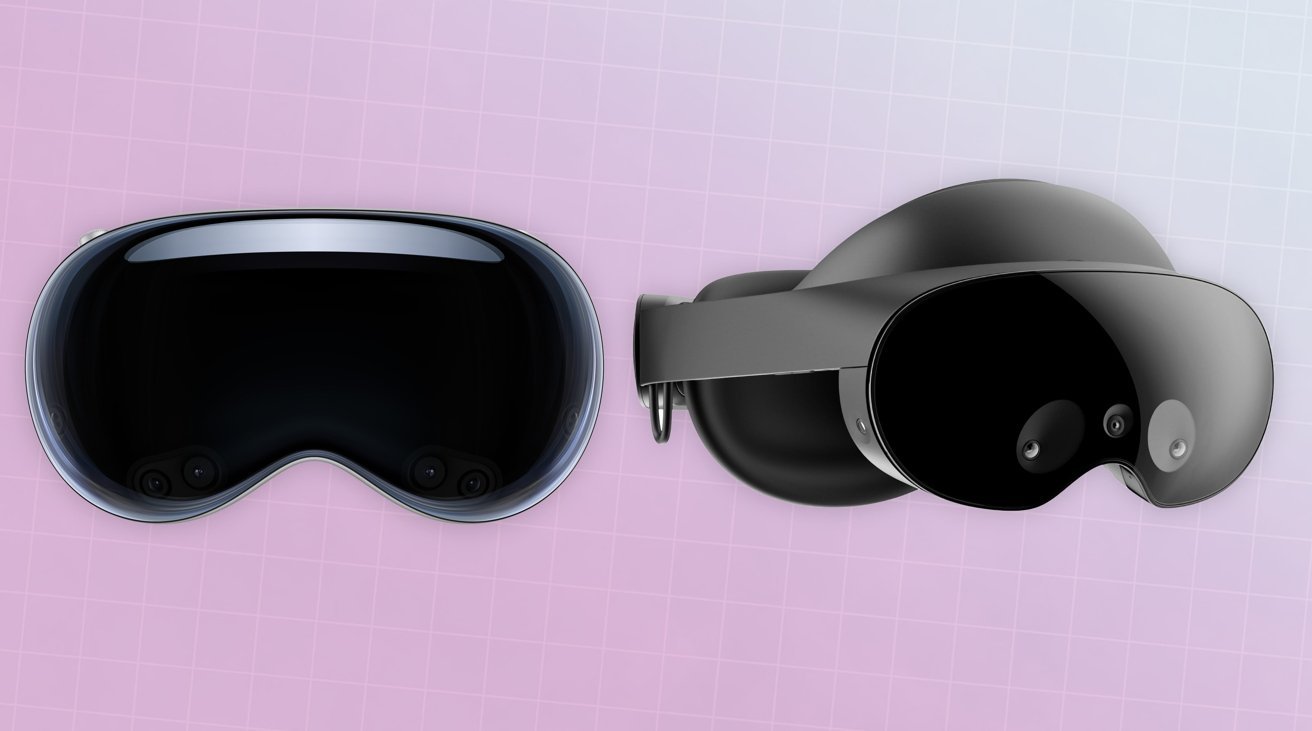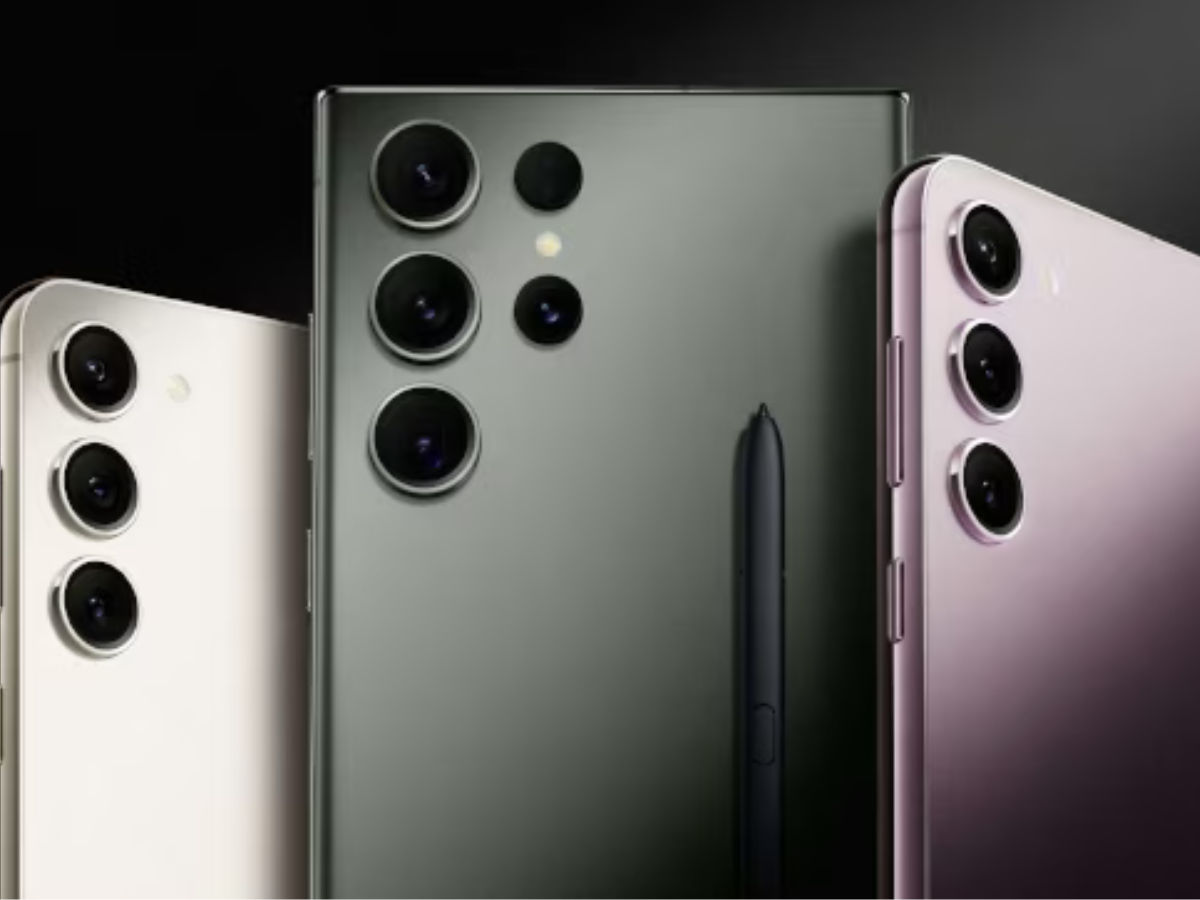The gaming landscape is undergoing a remarkable transformation with the introduction of advanced virtual reality (VR) and augmented reality (AR) headsets by tech giants Apple and Meta. As these devices redefine immersive gaming and interactive experiences, the differences in their approach and technology become crucial for consumers and developers alike.
Key Highlights:
- Apple’s Vision Pro focuses on high fidelity, productivity, and immersive apps with a promise of easy conversion of iPad apps, potentially enriching its gaming ecosystem.
- Meta’s Quest lineup is celebrated for its gaming prowess, supported by a vast library of titles and experiences, emphasizing affordability and accessibility.
- Apple introduces innovative features like Persona and EyeSight for enhanced personal interaction and safety in public spaces, diverging from Meta’s avatar-based communication.
- The price point significantly differs, with Apple’s premium offering aiming at a tech-savvy audience while Meta targets a broader consumer base.
In-Depth Analysis:
Gaming and Immersive Apps:
Apple’s Vision Pro is venturing into gaming with less clarity on specific offerings, banking on third-party developers to enrich its ecosystem, possibly leveraging the easy conversion of iPad apps to Vision Pro compatible ones. This strategy indicates a potential future where gaming on Vision Pro could flourish, supported by Apple’s technological prowess and developer ecosystem. In contrast, Meta’s Quest series is a seasoned player in VR gaming, boasting an extensive library of games and immersive experiences, making it a go-to choice for gamers.
Interactivity and Communication:
A distinctive feature of the Apple Vision Pro is its approach to user representation and interaction. Unlike Meta’s Quest, which uses cartoony avatars for video calls and interactions, Apple introduces the Persona and EyeSight technologies. Persona creates a digital recreation of the user’s face for more personal and realistic communication, while EyeSight offers an external display showing the user’s eyes to those around them. These features not only enhance personal connection in digital interactions but also address safety and awareness in public spaces, adding a layer of human connection missing in Meta’s approach.
Price and Ecosystem
One of the most striking differences is the price point. The Apple Vision Pro is a premium product with a hefty $3500 price tag. In contrast, Meta offers more accessible options, such as the standalone Meta Quest 2 starting at $399 and the more powerful Meta Quest Pro at $1499.
Apple’s headset seamlessly integrates with the Apple ecosystem, catering to users heavily invested in Apple products. Meta Quest devices, particularly the Quest 2, operate as standalone units with a growing library of games and experiences.
Displays and Field of View
Apple Vision Pro stands out with its high-resolution micro-OLED displays, promising stunning visuals and unparalleled clarity. It also offers a wider field of view (FOV). The Meta Quest headsets, while still providing impressive displays, may not match Apple’s resolution and FOV. A wider FOV contributes significantly to overall immersion during gameplay.
Pricing and Market Positioning:
The pricing of these headsets underscores their target markets and intended use cases. Apple’s Vision Pro is priced at a premium, reflecting its focus on high fidelity, productivity, and a tech-savvy audience. Meta’s Quest, on the other hand, is more affordably priced, aiming to capture a wider consumer base with its gaming-focused offerings.
The Apple Vision Pro and Meta Quest showcase divergent paths in the evolution of VR and AR technologies, each with its strengths and focus areas. As Apple leans towards productivity with a side of gaming potential, Meta continues to champion accessible and immersive gaming experiences. The choice between these devices will largely depend on consumer priorities, be it gaming, productivity, or the cutting-edge interaction features offered by Apple’s latest foray into mixed reality.


















